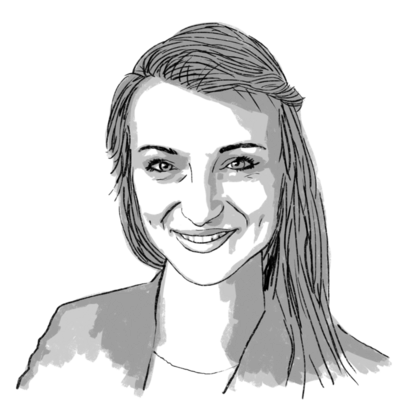Error loading media: File could not be played
00:0000:0000:00
00:00
 Eva Botkin-Kowacki
Eva Botkin-Kowacki
It’s like walking into a moment frozen in time. I went into our now-empty newsroom to fetch a few things from my desk the other day. The jotted-down ideas made irrelevant by pandemic chaos, the unopened mail, and a colleague’s extra jacket tossed over the back of her chair are all stark reminders of what could’ve been. It’s like we never left March 2020, and yet so much has changed.
A year later, many of us are feeling fatigued by the pandemic. We’re exhausted from living with the constant uncertainty and stress of a society under siege. It has been a truly life-altering year for everyone.
We’ve learned a lot about ourselves and what we can withstand – and how. In today’s issue, you’ll read about how the pandemic has left its mark, and how humanity has rallied in response.
For some, regular video calls or porch visits with loved ones have buoyed them. Or perhaps cooking and crafts have offered an outlet for frustrated energy. Personally, I’ve leaned on the rejuvenating power of nature. From national parks to ski slopes to city greenways, people have flocked to natural spaces seeking respite from pandemic restrictions.
But nature is more than just an escape from the confines of our homes. It’s particularly restorative, as I learned from Patricia Hasbach in April. “There’s something of real value to just slowing down, allowing ourselves to be part of nature, and experiencing that joy of the bigger world,” Dr. Hasbach, who specializes in ecopsychology, told me.
So, almost a year after we turned our living rooms into individual “news bureaus” and life as we knew it went topsy-turvy, I found myself seeking such solace in the mountains. Surrounded by trees so heavily laden with snow that they muffled any sound, I felt fortified on a recent hike to face more days of uncertainty. The bright blue sky overhead and warm sunshine on my face reminded me of that “joy of the bigger world” Dr. Hasbach spoke about, and the weight of the past year lifted, just for a moment.

Our name is about honesty. The Monitor is owned by The Christian Science Church, and we’ve always been transparent about that.
The Church publishes the Monitor because it sees good journalism as vital to progress in the world. Since 1908, we’ve aimed “to injure no man, but to bless all mankind,” as our founder, Mary Baker Eddy, put it.
Here, you’ll find award-winning journalism not driven by commercial influences – a news organization that takes seriously its mission to uplift the world by seeking solutions and finding reasons for credible hope.
Explore values journalism About us